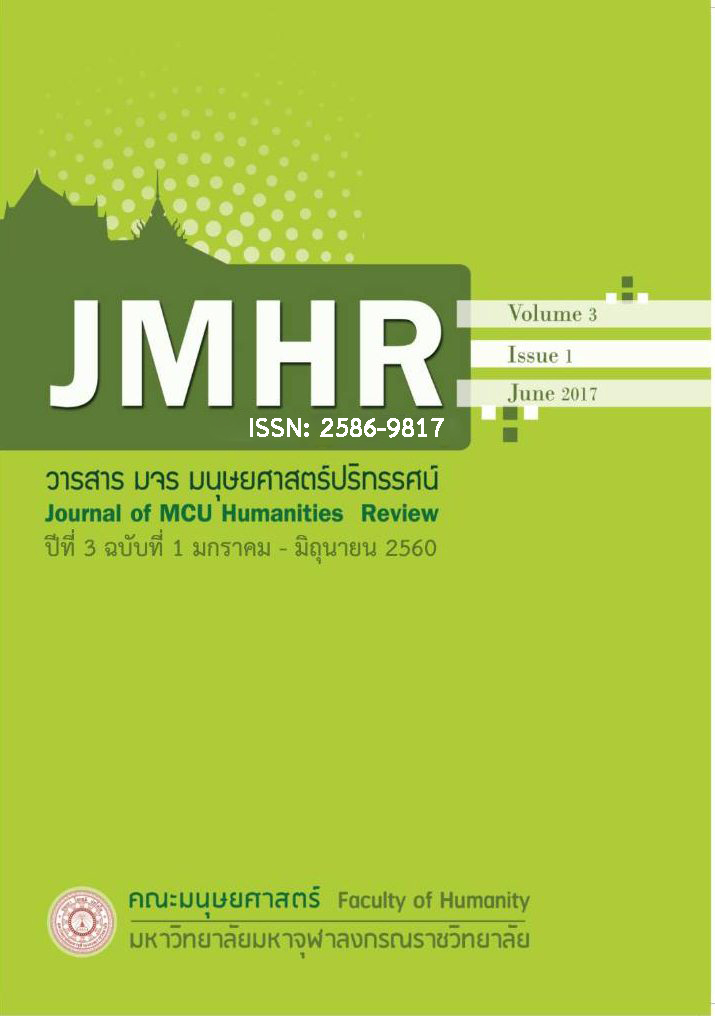A STUDY OF THE USAGE OF ENGLISH COLLOCATIONS IN SELECTED BUDDHIST LITERATURE
บทคัดย่อ
This article is submitted in partial fulfillment for the thesis topic of
“A Study of the Usage of English Collocations in Selected Buddhist Literature.”
The objectives of this study are (1) to explore the usage of English collocations of the keywords in selected Buddhist literature, and (2) to identify the types of combinations pertaining to the usage of English collocations of the keywords in selected Buddhist literature. The results derived from the current study through a documentary and qualitative method revealed that 1) the keyword way had the most frequent usage of English collocations in What the Buddha Taught with a frequency of 75 occurrences or 11.87%. The keywords good and kind had the most frequent usage of English collocations in Good, Evil and beyond. They both had the frequency of 61 occurrences or 8.32%. 2) The Adjective + Noun was the most frequent type of combination pertaining to the usage of English collocations of the keyword in both What the Buddha Taught, and Good, Evil and Beyond. There was a frequency of 192 occurrences or 30.38% and 307 occurrences or 41.88% respectively.






